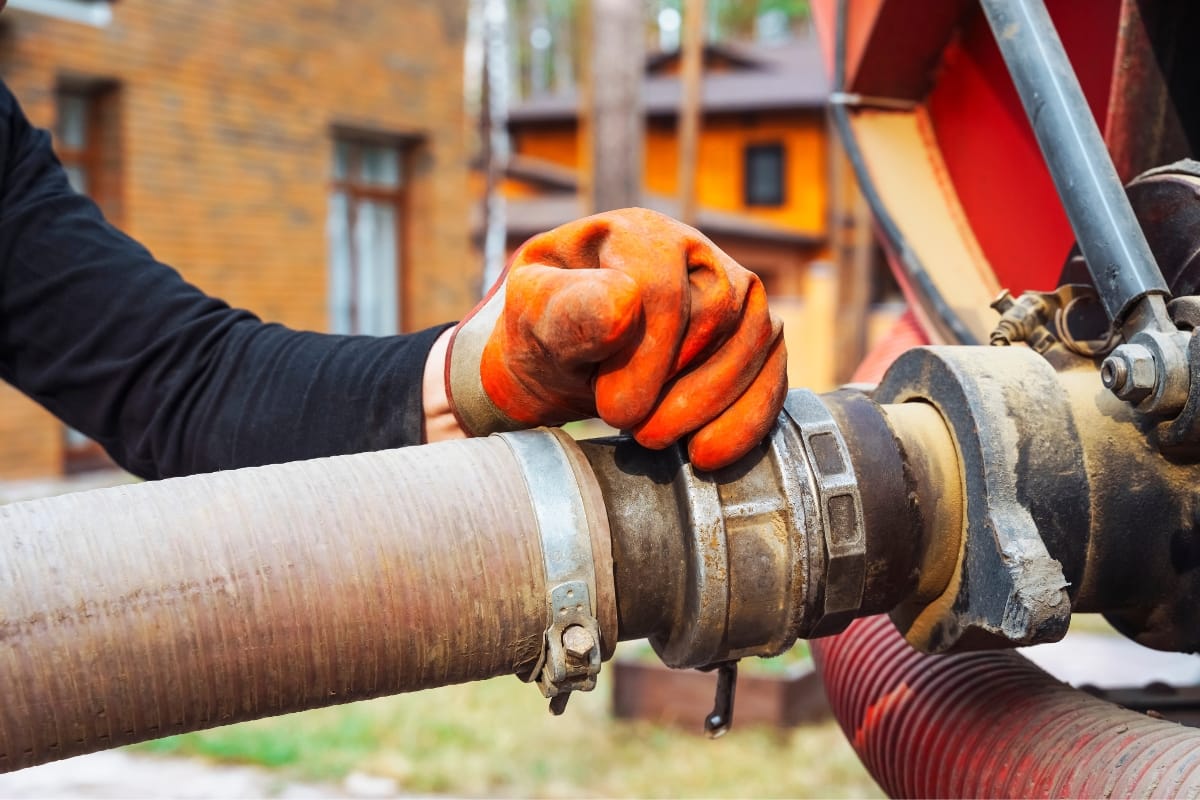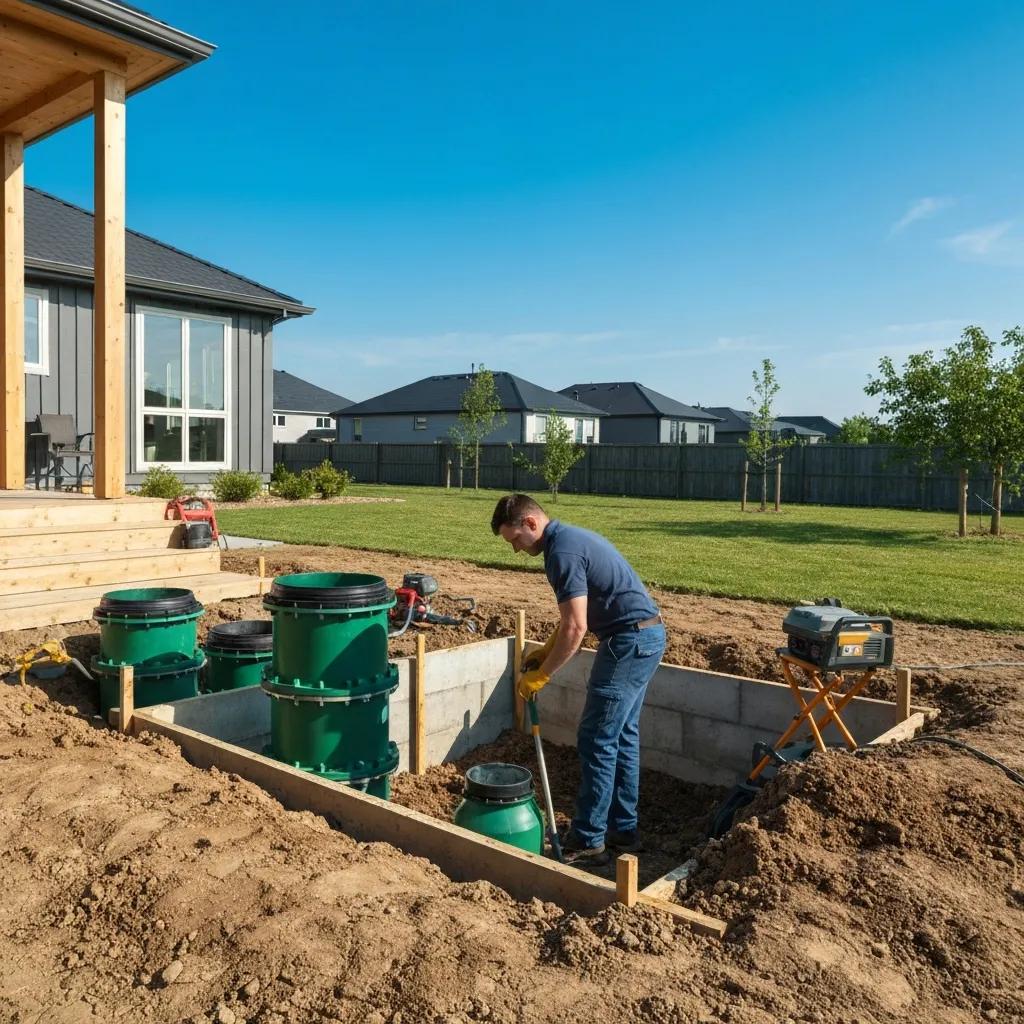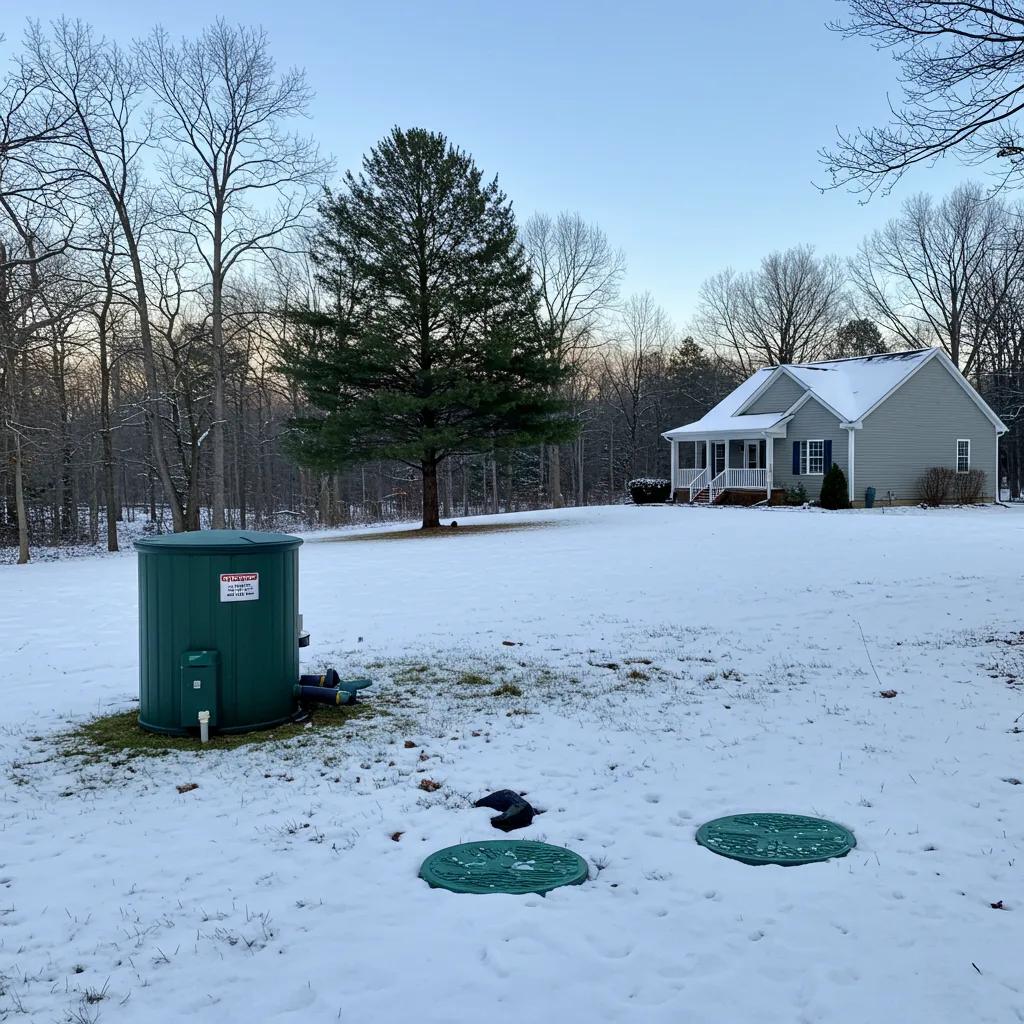Regular septic tank pumping is essential for maintaining a healthy, efficient system and preventing costly backups or repairs. However, the question of how often should you pump your septic tank can depend on several factors, including household size, tank size, and water usage.
In this guide, we’ll share expert tips on determining the optimal pumping schedule for your septic system, helping you avoid potential issues and extend the life of your system.
How Often Should You Pump Your Septic Tank? Don’t Guess!
Signs Your Septic Tank Needs Pumping
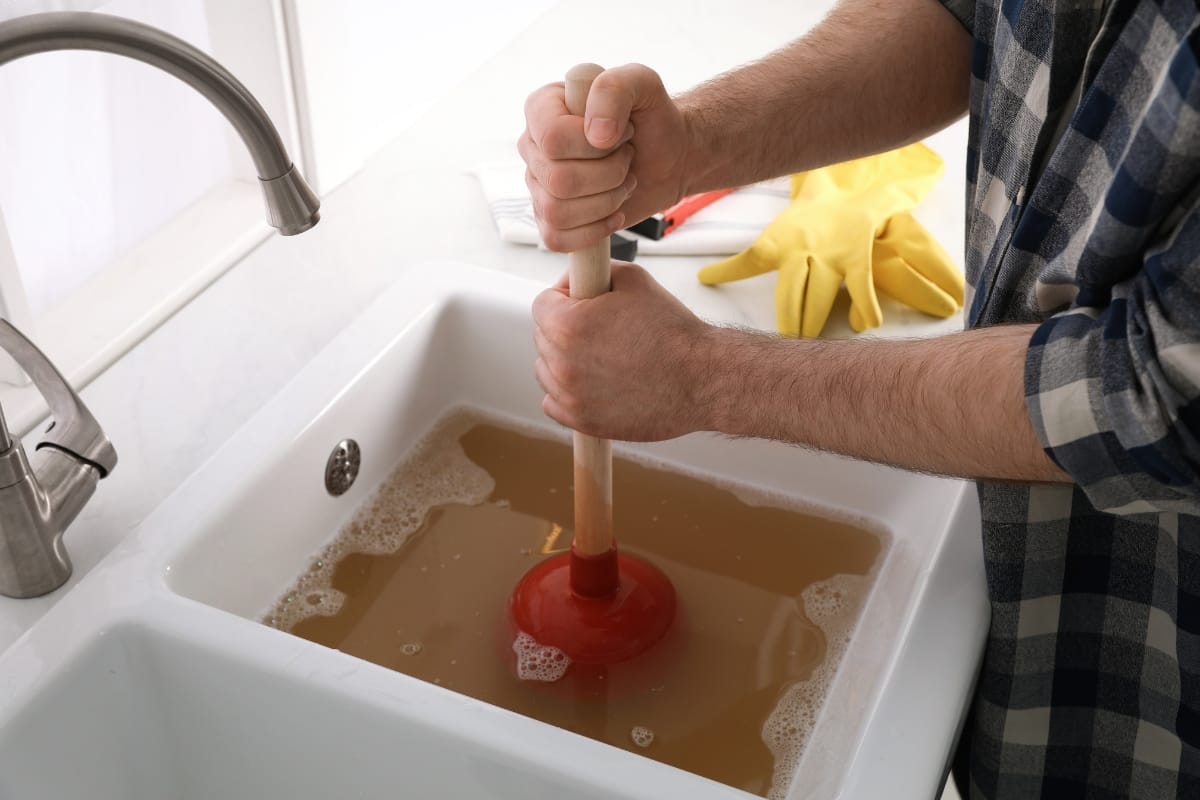
Maintaining a septic tank is crucial to prevent issues like backups, clogs, and costly repairs. Regular pumping is a proactive way to keep your system functioning smoothly, but knowing when to pump is equally important. Here are some telltale signs that indicate your septic tank may need attention:
1. Slow Drains: If you notice that your sinks, toilets, or showers are taking longer to drain, it may be a sign that your septic tank is reaching its capacity.
As the tank fills up with solid waste, it restricts water flow, which can cause drains to become sluggish. This is often one of the earliest warnings of a potential septic issue. Addressing it promptly can help prevent more serious blockages or costly repairs down the line.
2. Foul Odors: Unpleasant smells from drains or in your yard often signal a full septic tank. These gases are a result of waste decomposition in the tank and, when the tank reaches capacity, can escape through plumbing vents or even through the soil around the tank. Persistent odors are a strong sign that your septic system needs pumping.
3. Sewage Backup: One of the most obvious signs is sewage backing up into your home. This can occur in low-lying drains first, such as basement sinks or toilets. Sewage backup is not only inconvenient but can pose serious health risks. If you see any signs of this, address it immediately to avoid more extensive damage.
4. Lush Grass Over the Drain Field: If there’s an unusually lush patch of grass or vegetation near your septic system, it could be a sign of leakage. A full tank may overflow and release excess wastewater into the surrounding soil, which acts as a fertilizer, causing grass to grow thicker and greener. While a green lawn might seem like a bonus, this could indicate a leaking or overflowing tank that needs attention.
5. Gurgling Sounds: Unusual gurgling noises from your drains or toilet after flushing may suggest a septic issue. This often happens when the tank is too full and is struggling to properly move water through the system, leading to trapped air bubbles in the pipes.
If you notice one or more of these warning signs, don’t ignore them. Waiting can result in more extensive damage to your septic system, leading to expensive repairs or even system replacement. Regular septic tank pumping can help you avoid these issues, keeping your system efficient and protecting the surrounding environment.
Factors Influencing Pumping Frequency
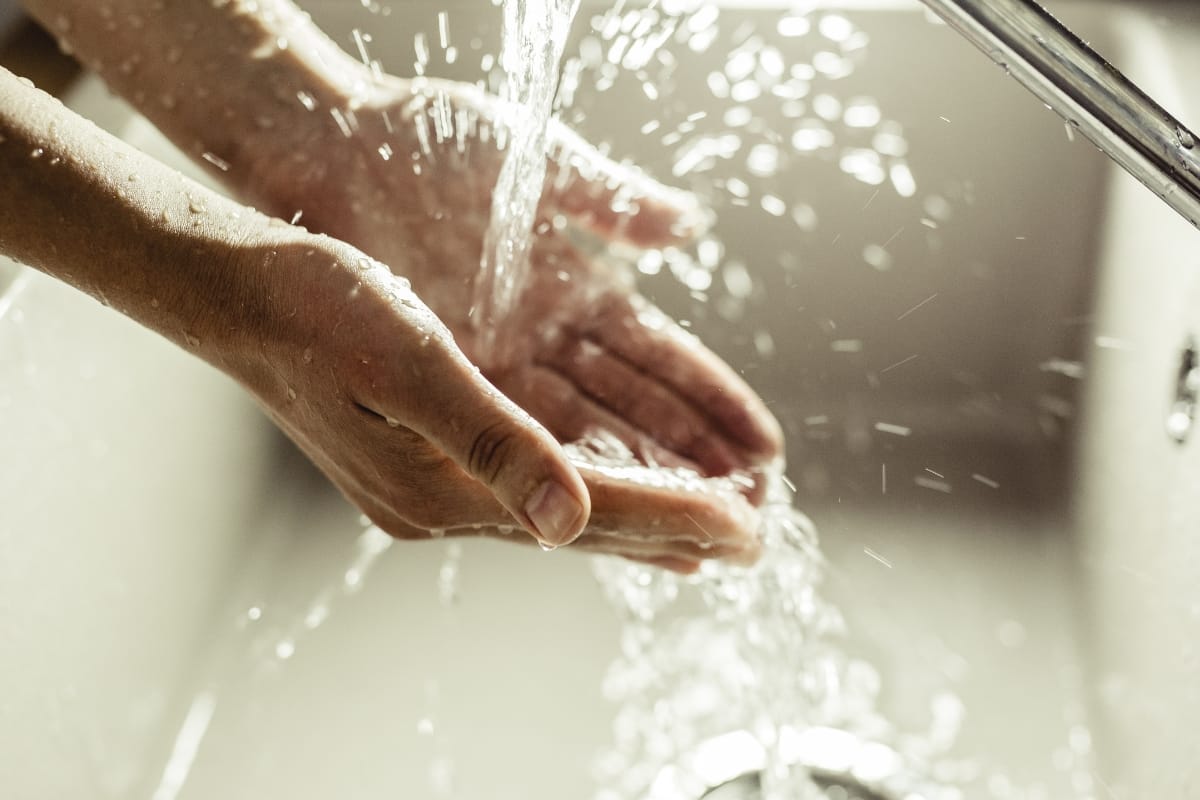
The question of how often should a septic tank be pumped out depends on several interconnected factors that can vary from household to household. Let’s take a closer look at the primary elements affecting your pumping schedule and why each is so important.
Household Size
The number of people in your home directly impacts septic tank usage. Each person contributes to the system’s load through daily activities like showering, laundry, cooking, and cleaning.
For instance, a household with five people will fill a tank faster than one with just two residents. As a rule of thumb, larger households may need to pump their septic systems more frequently to ensure smooth operation and prevent overloading.
Water Usage
Beyond household size, overall water consumption can drastically affect how quickly your tank fills. Homes with high water usage due to frequent laundry loads, long showers, or excessive toilet flushing may fill their tanks more rapidly.
Water conservation efforts, like installing low-flow fixtures or repairing leaky faucets, can help reduce water usage and extend the interval between pumpings.
Type of Waste
The type of waste that enters your septic system plays a significant role in how efficiently it processes materials. Non-biodegradable items, such as plastic, feminine hygiene products, and certain types of wipes, should never go down the drain, as they won’t break down and can clog the system.
Likewise, excessive grease, oil, or food waste can clog pipes and require the system to be pumped more often. Regularly reminding household members about what not to flush or pour down the drain can help reduce strain on your system.
Waste Disposal Habits
The way waste is disposed of within your home has a major impact on your septic tank’s longevity. Frequent use of garbage disposals introduces solid food particles into the tank, which take longer to break down and contribute to sludge accumulation.
Additionally, chemical cleaners, bleach, and other harsh substances can disrupt the beneficial bacteria in your tank that are essential for breaking down waste.
Adopting more septic-friendly habits, such as composting food waste and using natural cleaners, can help maintain a healthier septic environment and extend the intervals between pumpings.
Understanding these factors and how they interact can help you develop a proactive septic maintenance plan. By monitoring usage habits and staying informed about your tank’s needs, you can protect your system’s health, avoid unexpected problems, and save money over the long run.
Average Pumping Schedule Recommendations

Although the standard recommendation is to pump a septic tank every 3-5 years, this guideline varies widely based on specific household needs. Many factors, such as household size, water usage, and waste disposal habits, influence how often maintenance is necessary.
For example, a large family with high water use and regular garbage disposal usage might find that a 2-3 year schedule works best, while a smaller household that conserves water may only need pumping every 5-7 years.
Homeowners should also be aware that older systems or those located in regions with high groundwater levels may require more frequent attention to prevent issues such as drain field saturation or system backflow. Moreover, seasonal vacation homes may have different pumping needs altogether, as they are used less frequently.
If you’re uncertain about your system’s maintenance needs, consulting with a licensed septic professional can provide valuable guidance. These experts can inspect your system and evaluate factors like tank size, soil absorption rates, and sludge levels to recommend a schedule that fits your specific situation.
Importance of Regular Maintenance

Keeping to a regular pumping schedule for your septic tank is essential for maintaining the efficiency, safety, and longevity of the system. Here’s why routine maintenance is so critical:
- Prevent Costly Repairs: Regular pumping is a proactive measure that can help you avoid expensive and time-consuming repairs. When solids build up excessively in a septic tank, they can overflow into the drain field, leading to clogs, backups, or complete system failure. In worst-case scenarios, these issues may necessitate a full drain field replacement, which is much more costly than regular pumping.
- Protect Your Health: An unmaintained septic system can leak or overflow, posing serious health risks. Untreated wastewater may contain bacteria, viruses, and pathogens that can contaminate nearby water sources and endanger both humans and animals. Regular maintenance helps safeguard your family from exposure to these harmful contaminants.
- Preserve the Environment: Septic systems are vital for filtering and treating wastewater before it re-enters the groundwater supply. Regular maintenance ensures the system is working efficiently, preventing untreated waste from contaminating local soil and water sources. This is especially crucial in areas where septic systems are near bodies of water or wetlands.
- Extend System Lifespan: Regular pumping prevents solid waste from clogging and damaging the drain field, which is one of the most costly components to repair or replace. By following a consistent maintenance schedule, you reduce the risk of overflow, keep the pipes and drain field functioning optimally, and can often extend the system’s life by years, even decades, with routine care.
Regular septic maintenance not only saves you money and protects your health but also contributes to the overall health of your community and environment, making it an essential aspect of responsible home ownership.
Common Mistakes to Avoid in Septic Tank Maintenance
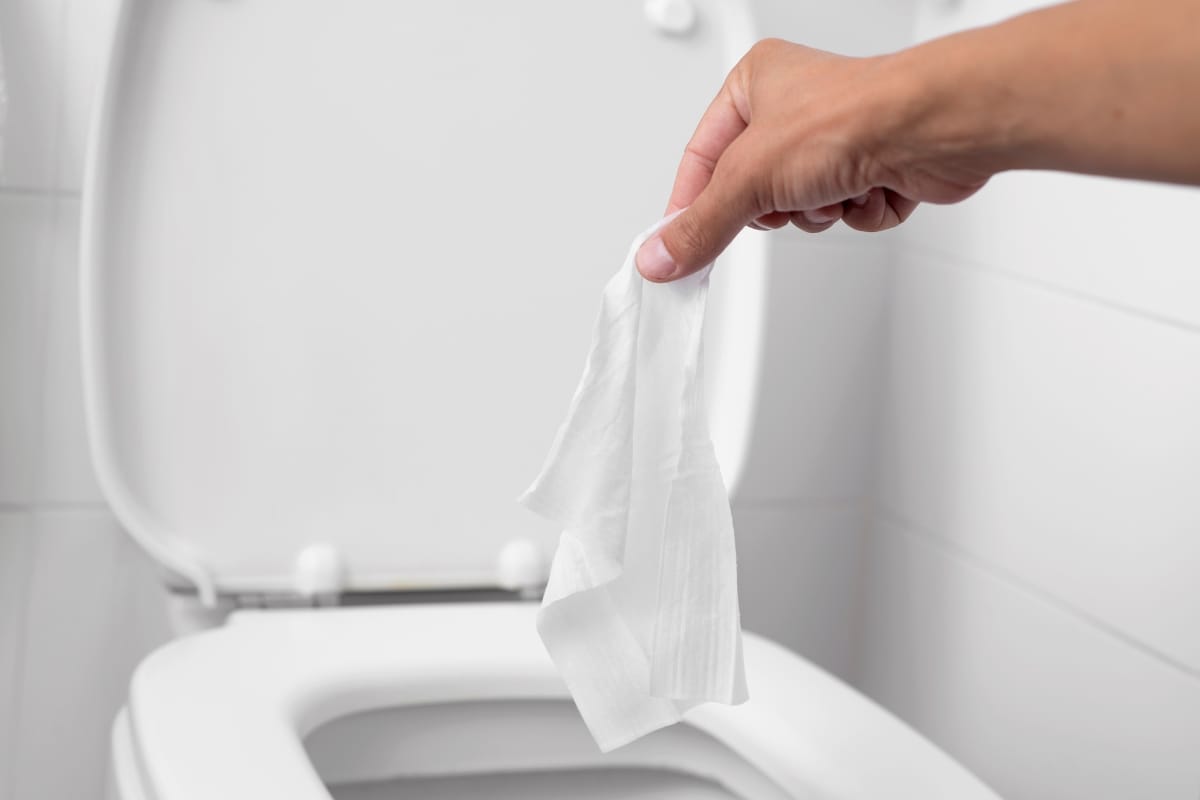
Proper septic tank maintenance goes beyond knowing when to pump—it involves recognizing and avoiding common mistakes that can lead to system failure, costly repairs, or environmental hazards. Here are some key pitfalls to steer clear of:
- Neglecting Regular Pumping: Skipping or delaying regular pumping is one of the most common septic system errors. Over time, solid waste accumulates in the tank, which, if not removed, can overflow into the drain field. This overflow can clog pipes, reduce system efficiency, and even lead to system failure. Stick to a maintenance schedule recommended by a septic professional to keep your system functioning smoothly.
- Flushing Non-Biodegradable Items: Treating your septic system like a regular waste disposal unit can cause severe damage. Non-biodegradable items like diapers, wipes, feminine products, or paper towels don’t break down in the tank, leading to clogs and even pipe damage. Educate all household members to dispose of such items in trash bins instead of flushing them.
- Overusing Water: High water usage strains your septic system, especially if multiple appliances or fixtures are in use simultaneously. Excess water can cause the tank to fill quickly, leading to more frequent pumping and potentially overwhelming the drain field. Installing water-saving fixtures, repairing leaky faucets, and staggering the use of water-intensive appliances can reduce the load on your system.
- Using Harsh Chemicals: Bleach, drain cleaners, and antibacterial soaps might clean your home, but they can wreak havoc on your septic tank’s bacteria. These natural bacteria are essential for breaking down waste, and harsh chemicals disrupt this balance, slowing down the process and potentially leading to system inefficiency. Opt for septic-safe cleaning products and avoid overusing antibacterial agents to help maintain a healthy bacterial balance.
- Ignoring Signs of Trouble: Subtle signs like slow drains, unusual odors, or patches of lush grass near the septic tank can indicate system issues. Ignoring these signs can lead to expensive repairs. Addressing small issues early, with the help of a professional, can prevent larger, more costly problems.
By avoiding these common missteps, you’ll help extend the life of your septic system, avoid unnecessary repair costs, and maintain a healthy environment for you and your community.
Conclusion: Maintaining a Healthy Septic System
Regular septic tank maintenance is crucial for a smooth-running system, and knowing how often to pump can make all the difference in avoiding costly issues. By understanding the signs that indicate your septic tank needs pumping and considering factors like household size, water usage, waste type, and disposal methods, you can establish an appropriate pumping schedule for your household septic system and maintain a healthy septic tank.
Let Smart Septic Pros take the guesswork out of septic care with our expert guidance and reliable septic tank services. Reach out to us today at 678-993-4545, or request any of our expert septic services through our website form. With Smart Septic Pros, keeping your septic system in top shape has never been easier.
